Gentle defibrillation for the heart
Science Daily - Heart Disease
APRIL 23, 2024
Using light pulses as a model for electrical defibrillation, scientists developed a method to assess and modulate the heart function. The research team has thus paved the way for an efficient and direct treatment for cardiac arrhythmias. This may be an alternative for the strong and painful electrical shocks currently used.


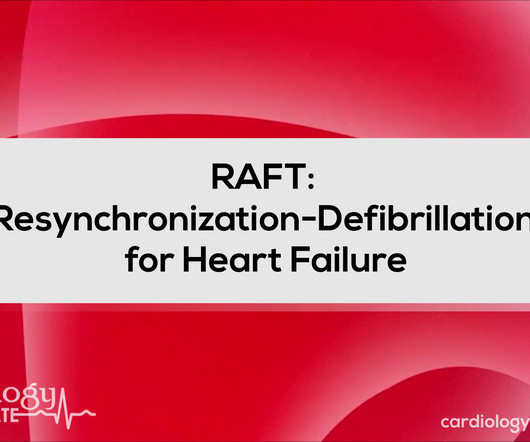



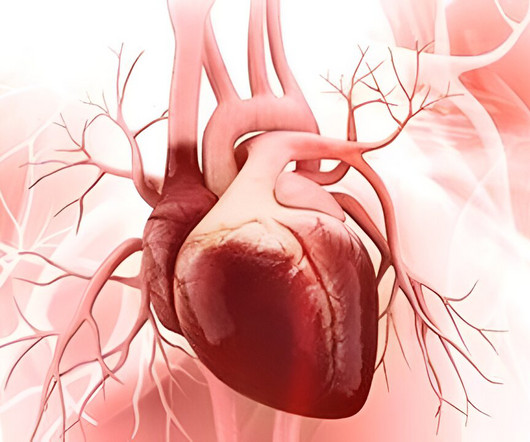














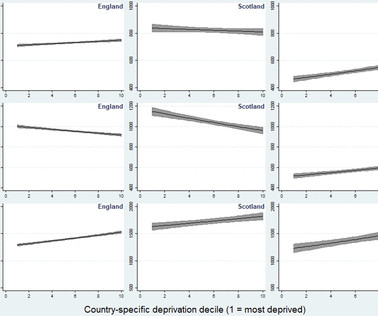







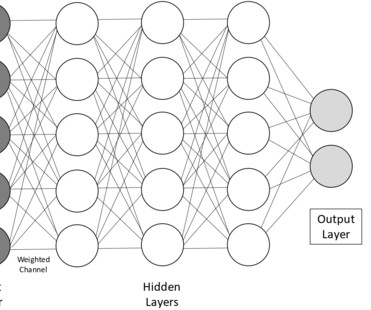


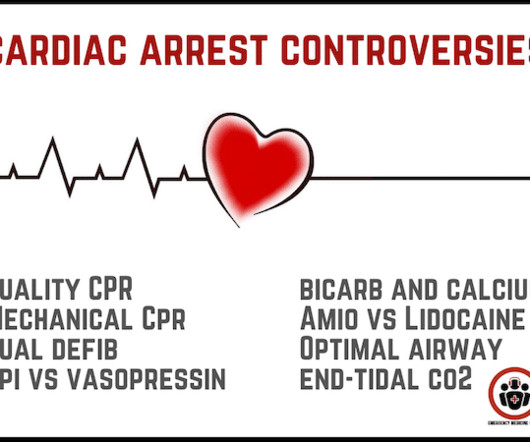








Let's personalize your content